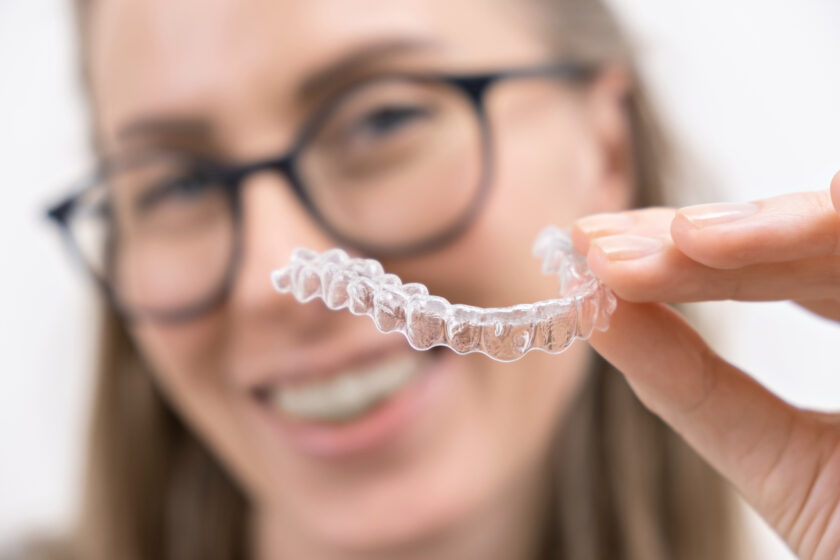How much is cosmetic dental work?
Certainly it depends on your dentist, the type of work being done, and whether or not you have dental insurance to cover all, or most of the procedure. Some dental health insurance providers consider teeth whitening and veneers to be optional. So a policy adequately covering your specific needs is imperative.
Dentists are not obligated to take your insurance, and not only perform cosmetic dental work they often specialise in aesthetic-centric dental work insurance often won’t cover.
Cheap cosmetic dental surgery is never a good idea; tooth damage and poor outcomes through incompetence is avoidable when it comes to dental surgery – you get what you pay for.
When dental clinics decide to do marketing options may seem expensive and daunting, but confidence in your smile is priceless. Do your own research as well as talking to your dentist.
Clear aligners were first launched in 2000 by Align Technology, which for the first time offered an alternative to traditional braces. Teeth could be straightened without the need for braces and wires, by using clear plastic trays, known as aligners. In the two-plus decades since, there has been huge success with this innovative solution that has treated millions of patients worldwide.
The journey to that white, bright smile can sometimes involve a lot of work. Wearing Invisalign clear aligners means they remain transparent and stain-free with extra care; otherwise they may cast a yellowing to the teeth.
Those contemplating the Invisalign option may sometimes also look into teeth whitening options compatible with their aligners. Brightening while realigning would be the most efficient way of achieving a perfect smile. But is it really possible teeth to be whitened while undergoing Invisalign treatment?
While it is possible to whiten teeth while wearing Invisalign aligners, most orthodontists recommend beginning the process no sooner than six months after realignment. Teeth are more sensitive during adjustment, which can complicate professional whitening treatments. It’s not unusual that dentists who offer both Invisalign and teeth whitening may do a deal for both.
With the tooth movement of readjustment, discolouration is likely to appear in the areas not exposed to whitening agents giving an uneven appearance that may be difficult to quickly remedy.
Giving time for your teeth to adjust without aligners will help in making the whitening process more comfortable. It will also be a much faster process since you will be evenly whitening your teeth in their final alignment.
If you would like to pursue whitening treatment while wearing aligners, milder forms of tooth whitening would work best. Good examples of these are kinds of toothpaste or mouthwashes that are specially formulated with whitening agents. These agents help dissolve surface strains, and tiny particles with abrasive properties can help polish the teeth’s surface. Activated charcoal is very useful in its fine abrasive, and health benefit qualities.
Whitening toothpastes or mouthwash help brighten the overall appearance of your smile and with them being user-friendly mild, it’s easier and more economical to even out any discolouration after Invisalign.
Whitening gels are another viable option and can be prescribed by dentists and applied at home. Whitening gels are more intense than whitening toothpastes and need the instructions and the advice of your dentist.
Ultimately, Invisalign is between about $AU3500 and $7000 (and almost $2000 more expensive than traditional braces) while professional teeth whitening by your dentist will typically cost between $AU650 and $1000.
So if it’s a purely financial decision, teeth whitening is best if you can only afford one treatment, and it’s inevitable that after achieving a stunning Invisalign smile, brightening therapies add to the satisfaction of having the closest to the most perfect teeth you can personally have.
